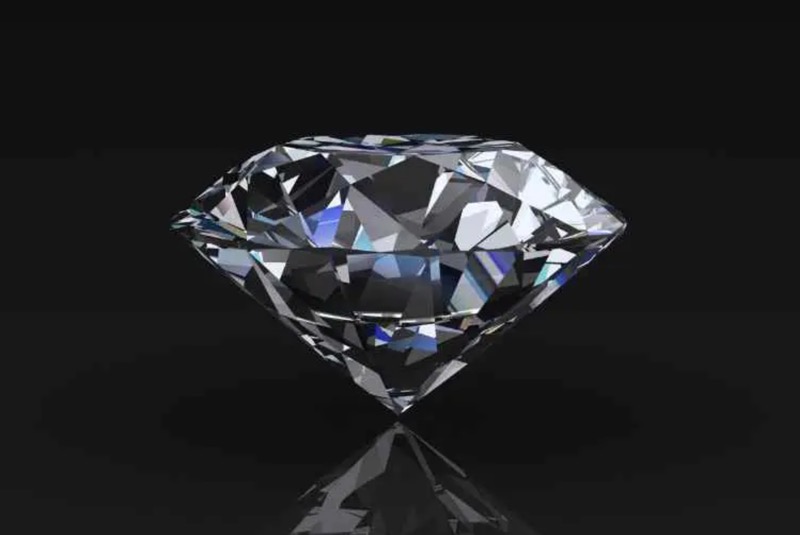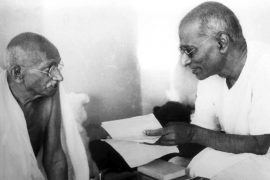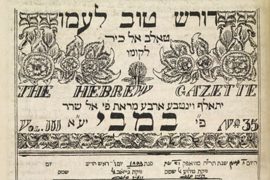Diamonds have been considered a symbol of power, love, and wealth for centuries. Reams and reams of history have been written about men who fought over these stones.
Indian diamonds were especially famous across the world before Brazil was discovered to be a fertile land for mining diamonds in 1728. Some of the world’s most precious stones that have gained global popularity have come from Kollur mines, which operated between the sixteenth and nineteenth centuries. The gems acquired from these mines have travelled far and wide, and there are legends surrounding their past and history.
The Kohinoor diamond, which the British acquired in the nineteenth century, is surrounded by many myths. The diamond, acquired from the Kollur mines, is believed to carry bad fortune, yet it has been fought over, first as part of the bigger treasure and later as a symbol of power.
The earliest written record of Kohinoor shows the stone was in the possession of the Mughal emperor Shah Jahan, who encrusted it on his magnificent gemstone-laden throne, which took seven years to make. The throne, four times the Taj Mahal’s cost, was known as the Peacock throne and remained with the Mughal empire until Nader Shah attacked Delhi in 1739.
Nader ravaged Delhi, killing tens of thousands of people and looting the empire’s wealth. It is said that 700 elephants, 4,000 camels, and 12,000 horses were needed to pull all the wealth he was carrying. Nader had taken the peacock throne with him and had pulled out the two most precious stones to wear on his armband—Kohinoor and Timur Ruby.
Kohinoor remained in Afghanistan for seven decades. Due to bloody wars, it changed hands several times; several stories tell those horrifying tales until it made its way back to India in 1813 and came into the possession of the Sikh ruler Maharaja Ranjit Singh.
Under Rajit Singh’s possession, Kohinoor became a symbol of the ruler’s potency and power. Acquiring Kohinoor meant defeating the Afghani Durrani dynasty, which had plundered Indian lands since 1761.
Its symbolic value made Kohinoor a target of the British, as possessing the gem became a metaphor for possessing India. They patiently waited until the stone changed its owner after Singh’s death and violent chaos for the accession of his seat. When Duleep Singh, a ten-year-old boy, was next in line for the throne in 1849, he was made to sign a legal document, the Treaty of Lahore, that handed Kohinoor to the sovereign.
Since its possession, the great gem has been recut and passed down as the Crown Jewel until 2002, when it was seen during Queen Mother’s funeral, adorning the coffin in British possession.
The Hope Diamond was another legendary diamond mined from the Kollur mines. It had gained a reputation similar to the Kohinoor—one of bad luck. The diamond was part of a bigger Diamond that weighed 112.125 carats and had a dark blue lustre. It was sold at the famous Golconda market of diamonds in 1642 to a French diamond merchant, Tavernier, who then sold it to Louis XIV in 1668. However, it was lost during the French Revolution in 1792.
In 1812, a similar-looking stone weighing 44.5 carats emerged. It was assumed to be the same stone that had been recut. In 1830, the stone was sold to Henry Philip Hope, a Dutch collector of arts and gems based in London. Hence, the stone acquired its name as the Hope Diamond and acquired a bad reputation.
Many articles have been published regarding how each possessor of the stone faced ill luck; however, no hard evidence has emerged to prove it. It stayed with the Hope family until 1910, when it was passed to the famous French Jewellers, the Cartiers, then to Evalyn Walsh McLean, and finally to Harry Winston of New York.
Winston presented the stone to the Smithsonian Institute on 10 November 1958, and it remains with the institute; Winston gave it away to encourage the United States to develop a national gem collection.
Orlov Diamond, or Orloff Diamond, set into the Russian Imperial Sceptre, was another notable stone that emerged from the Kollur mines in the early seventeenth century. Russia’s most famous diamond is also surrounded by legendary tales that draw parallels to the Great Mogul diamond, which was lost in Iranian treasure after Nader Shah looted it from the Mughals.
Another tale narrates that the stone adorned a temple near Trichinopoly in South India and was stolen by a French soldier. The stone was lost until it emerged in 1774 in the possession of Prince Orloff, who gifted it to the Empress of Russia, Catherine II. The diamond is displayed at Moscow’s Kremlin Armoury.
Named after the capital of the German state of Saxony, where it was preserved, the Dresden Green Diamond is one of the rarest diamonds in the world owing to its tint.
The stone was purchased by the King of Poland and stored at Dresden’s Green Vaults of the Royal Palace. After World War II, it was taken to Kongistein on the Elbe before it was seized by the Soviet Trophies Organization and taken to Moscow. The stone was restored to the Green Vaults in Dresden and is still preserved.
The Pitt or the Regent is a diamond that sustained Hitler’s army invasion of Paris and has been displayed at the Louvre. The stone was found in 1701 in the Partial Mine, one of the Kollur mines. It was sold to Governor Thomas Pitt of Madras in 1702, who reduced it to 140.5 carats from its original weight of 410 carats.
The central portion of the stone was sold to the Duke of Orleans in 1717, the Regent of France, and hence named the Regent. It was stolen in 1792 along with other French Crown Jewels but recovered within 15 months. The stone adorned Napoleon’s sword during his coronation, but after his banishment, it was put back on the crown. When Hitler attacked Paris, the stone remained hidden behind a fireplace in the Chateau Chambord.
Stories of diamonds mined from Kollur are surrounded with uncanny. Their history, beauty, and value made them objects of pursuit and greed. At the peak of its production, the mines employed 30,000 to 60,000 labourers, including men, women, and even children of all ages. Many would die when the mines collapsed after heavy rainfall. Mining at Kollur involved no pulleys or other devices; it was heavy manual labour exploitation and paid poorly, sometimes compensated with only food.
The Kollur region became the Pulichintala multipurpose irrigation project 2004 and remains submerged under 50 feet of water most years. However, when the water level goes down and the region surfaces, people flock across the country in search of diamonds. Traders employ contract workers from nearby towns to help them search for precious stones and even dig.
-30-
Copyright©Madras Courier, All Rights Reserved. You may share using our article tools. Please don't cut articles from madrascourier.com and redistribute by email, post to the web, mobile phone or social media.Please send in your feed back and comments to [email protected]











